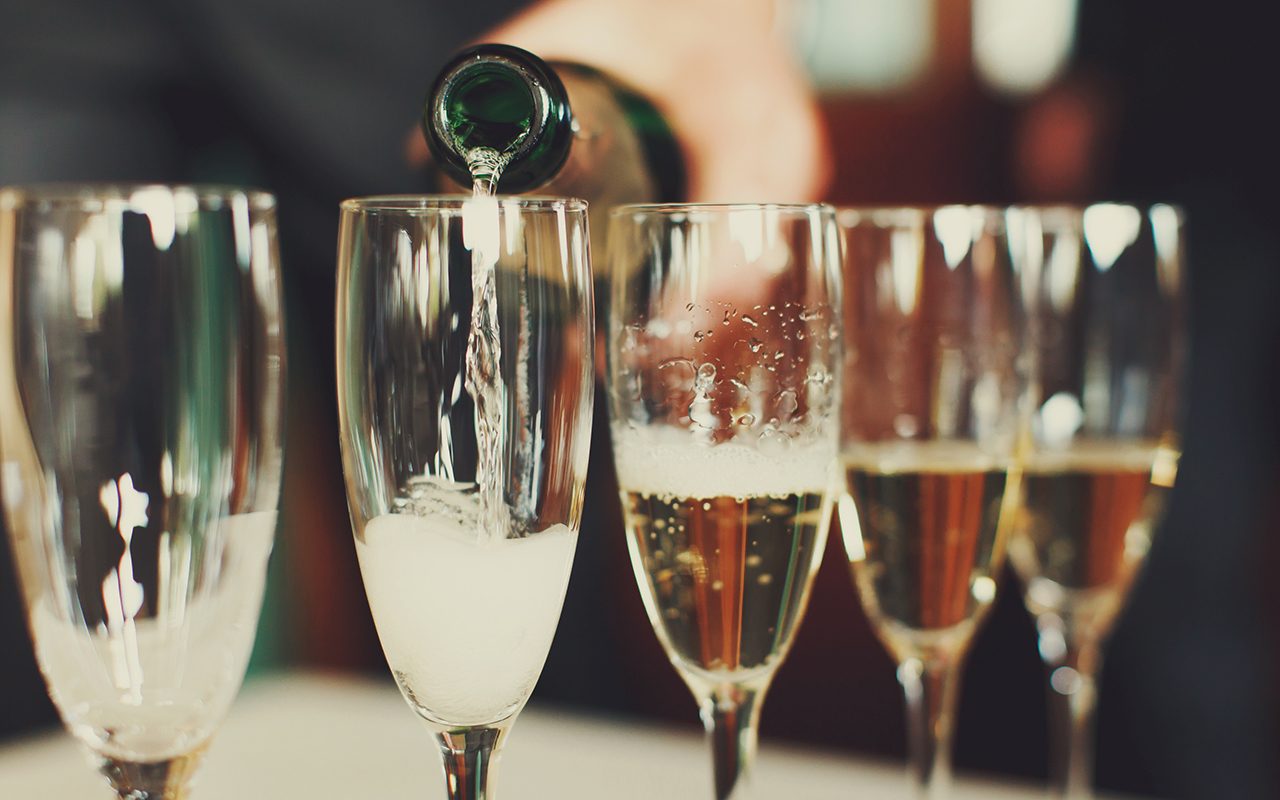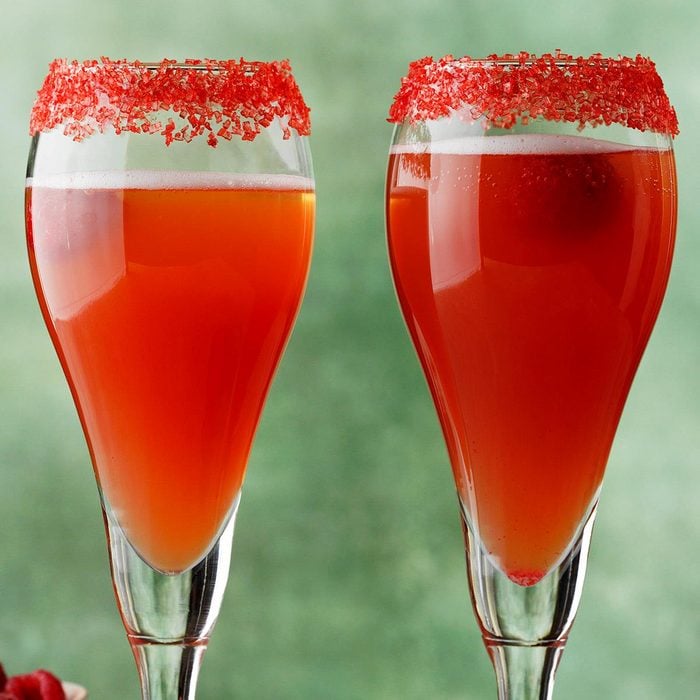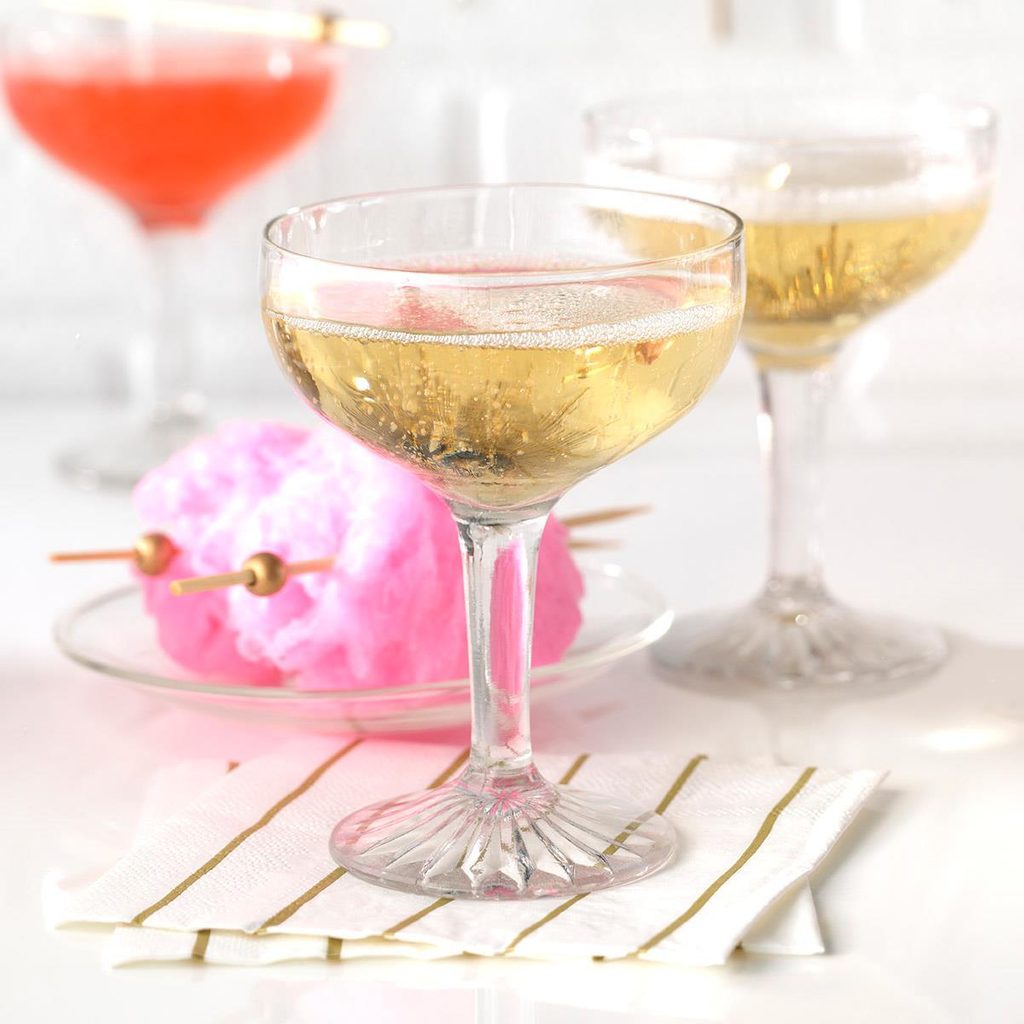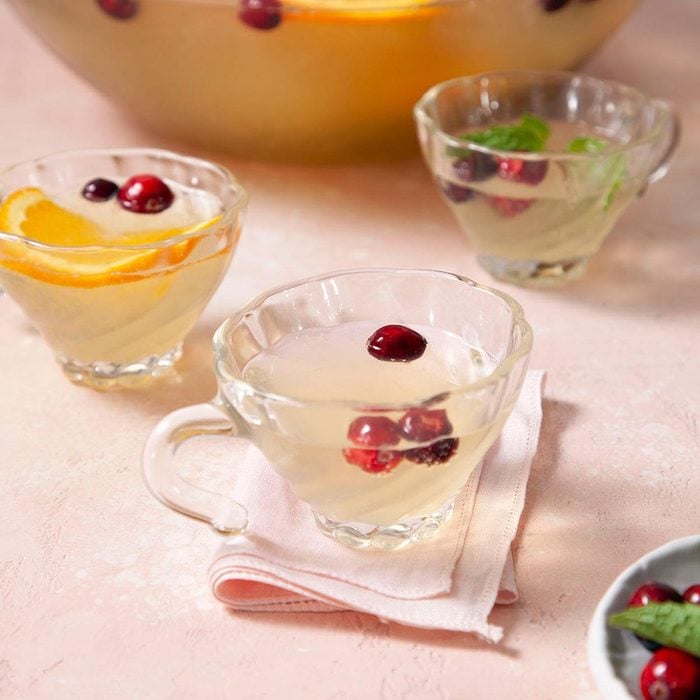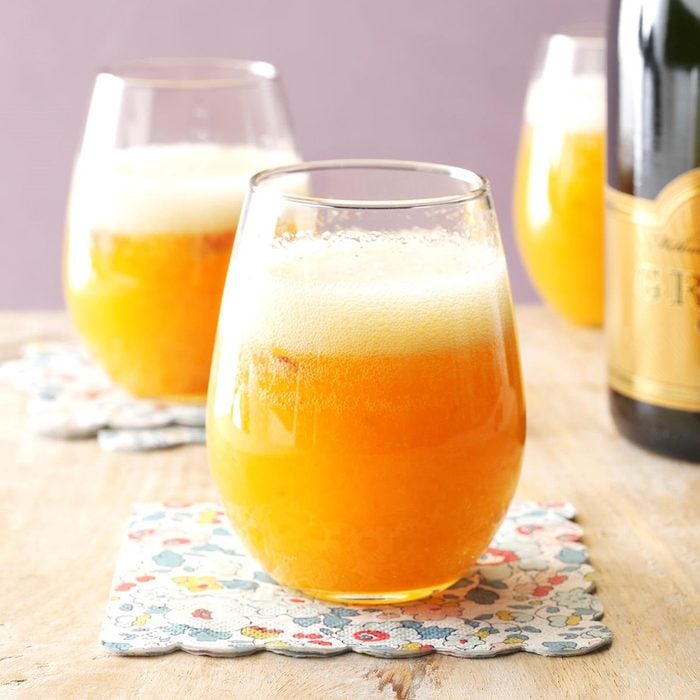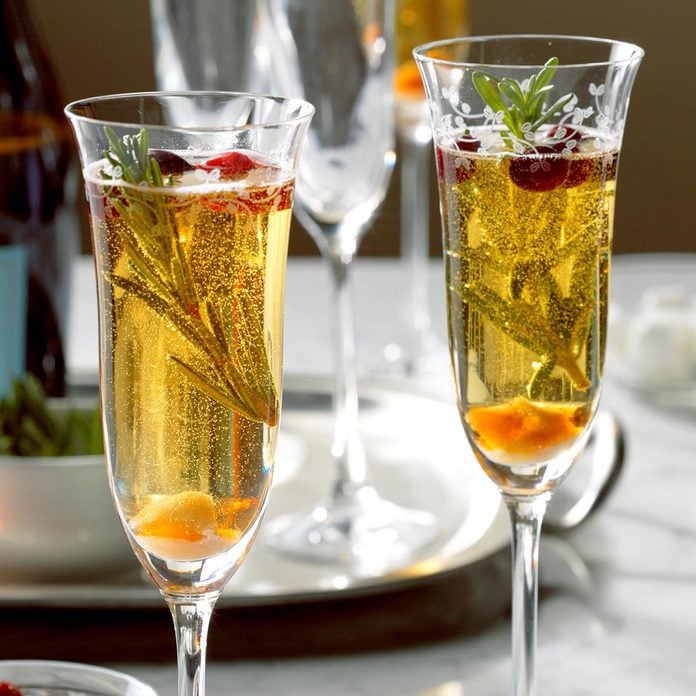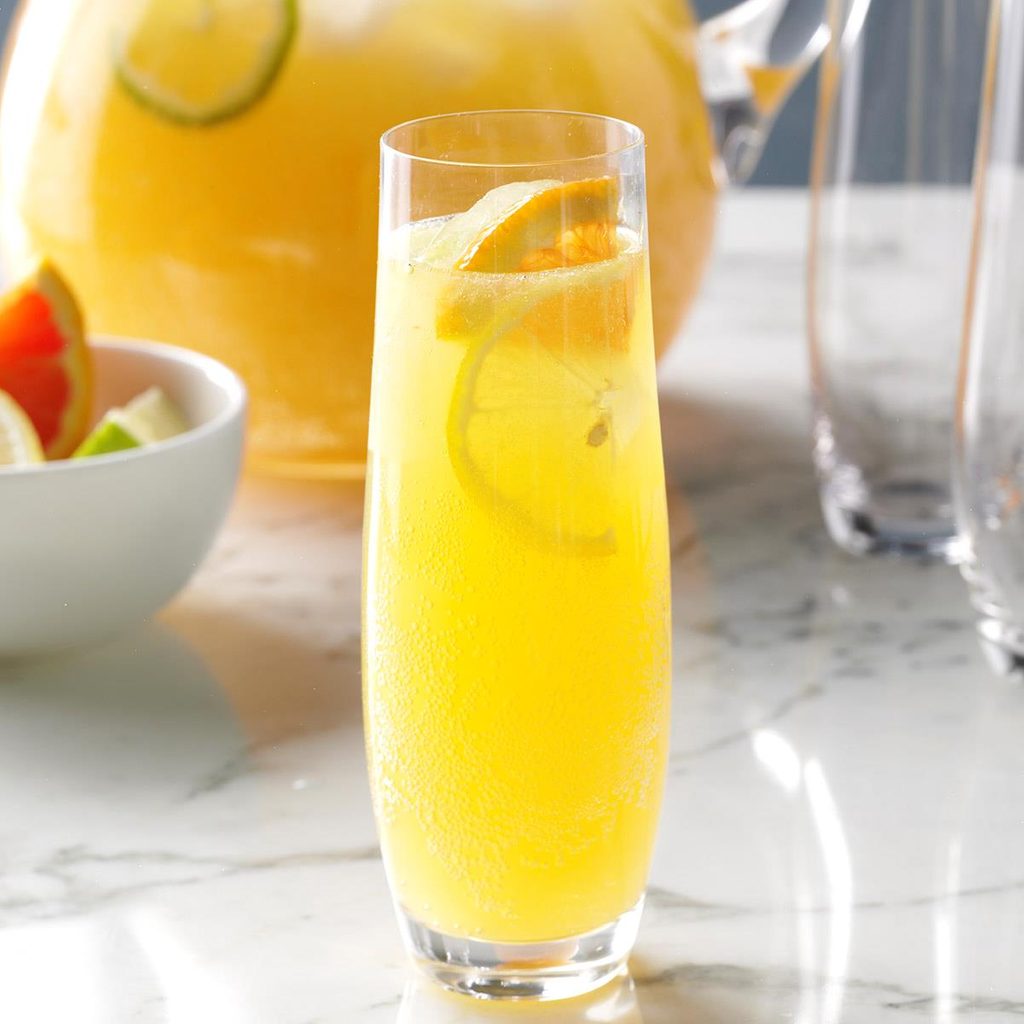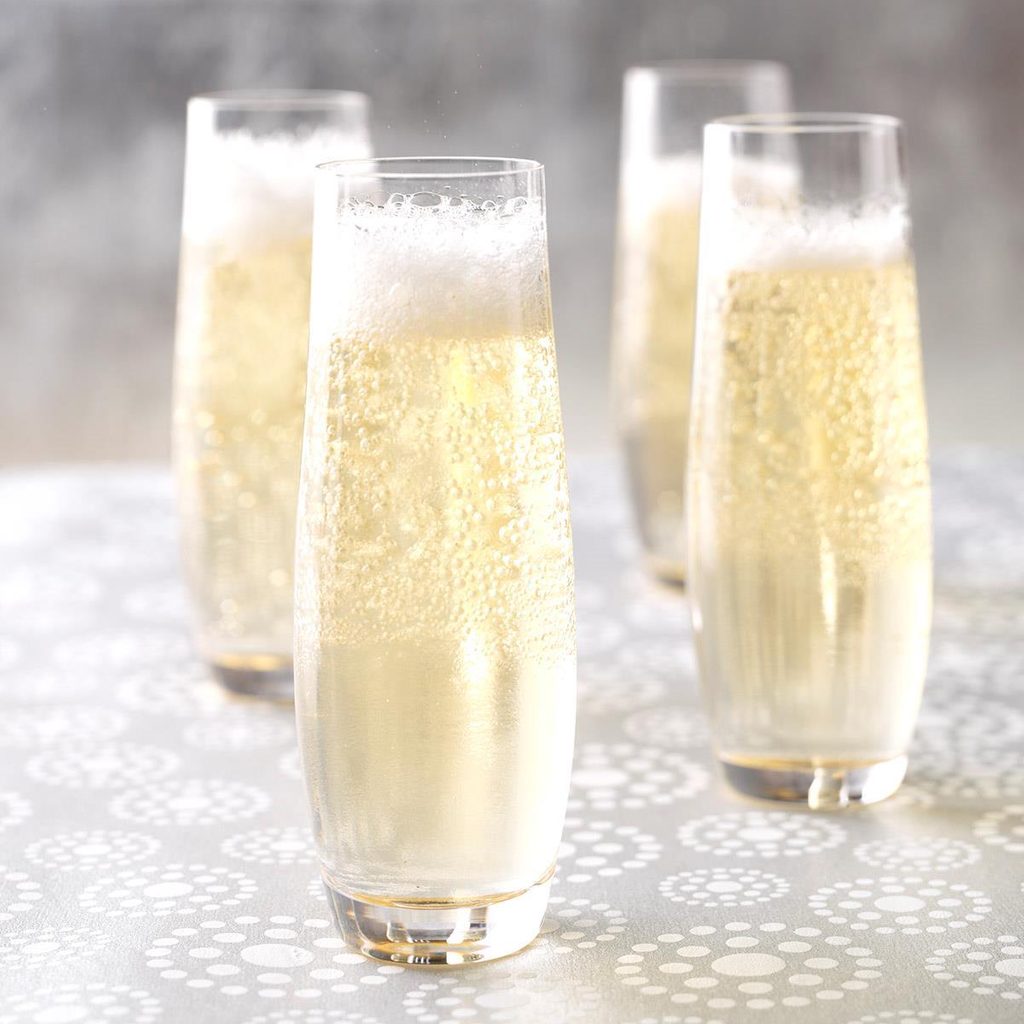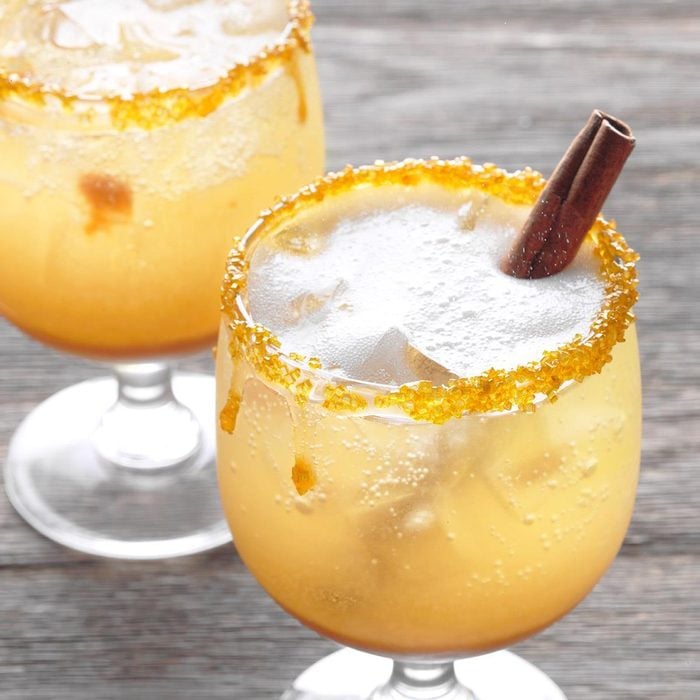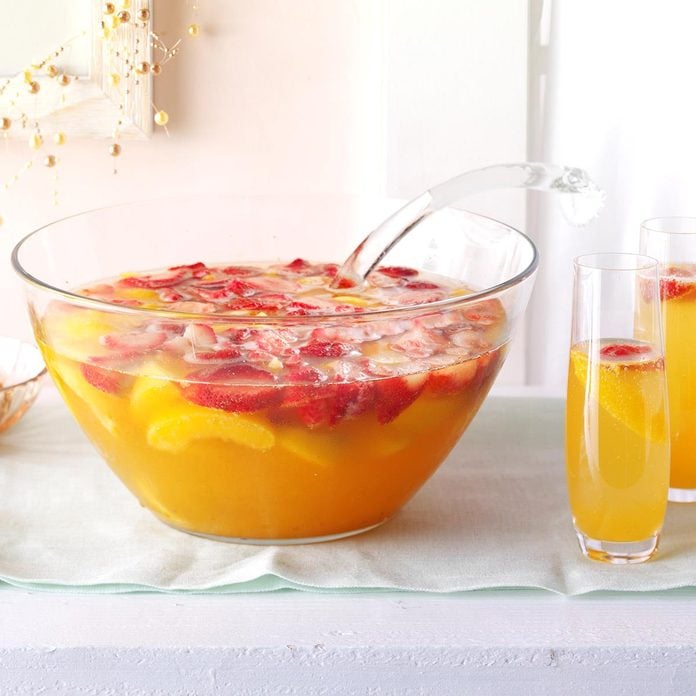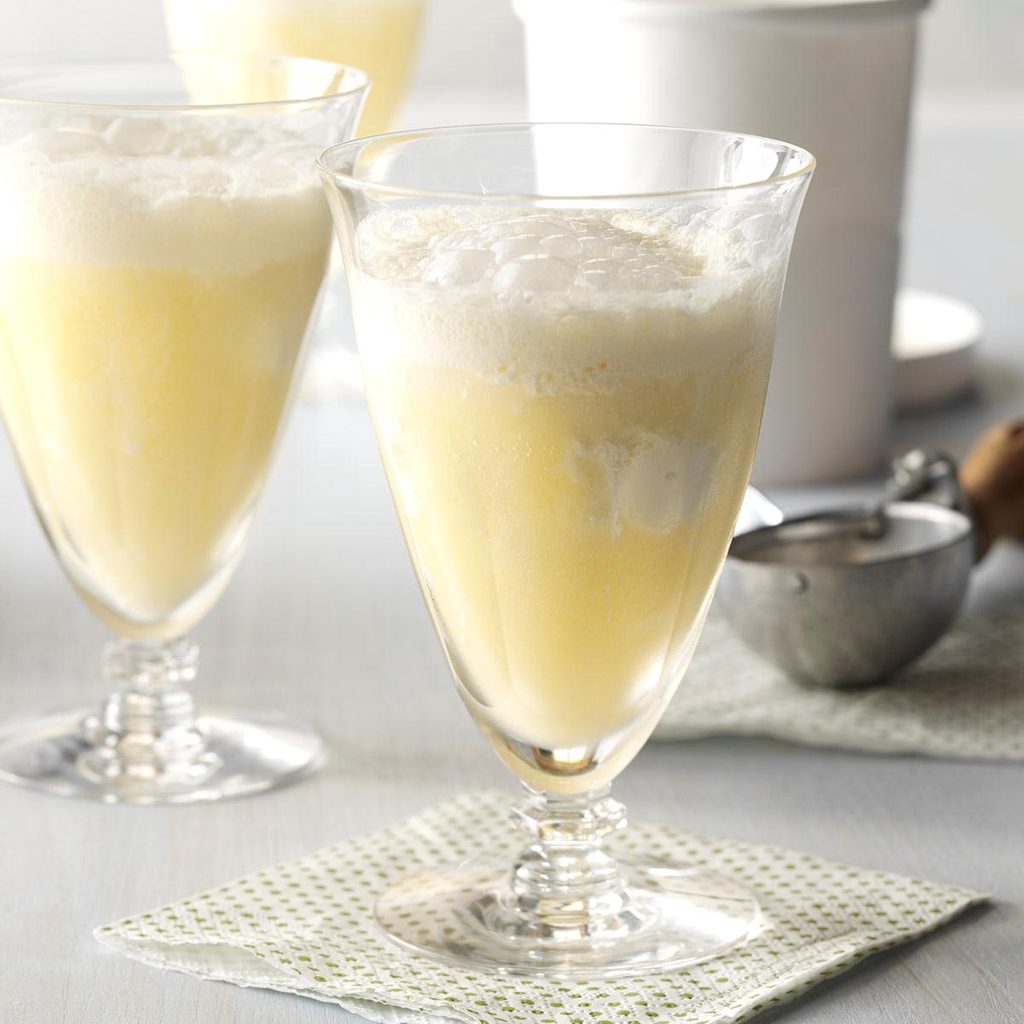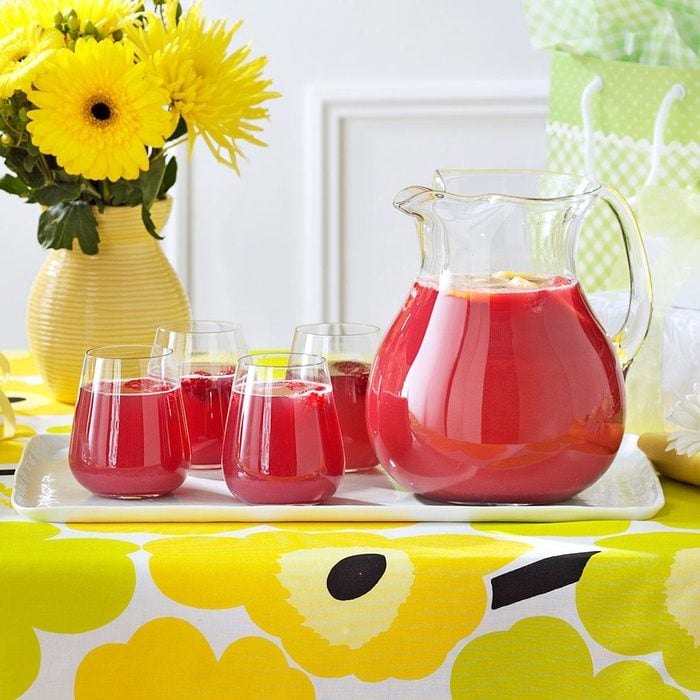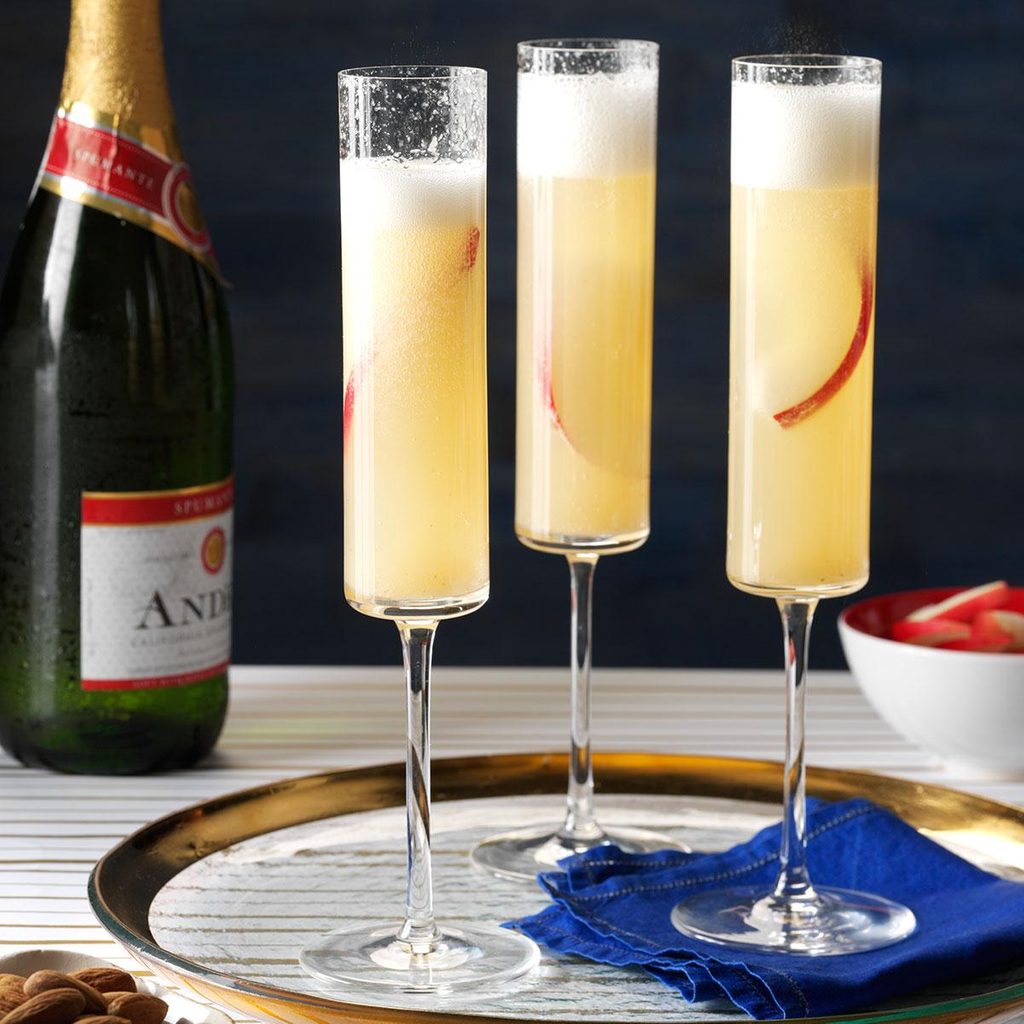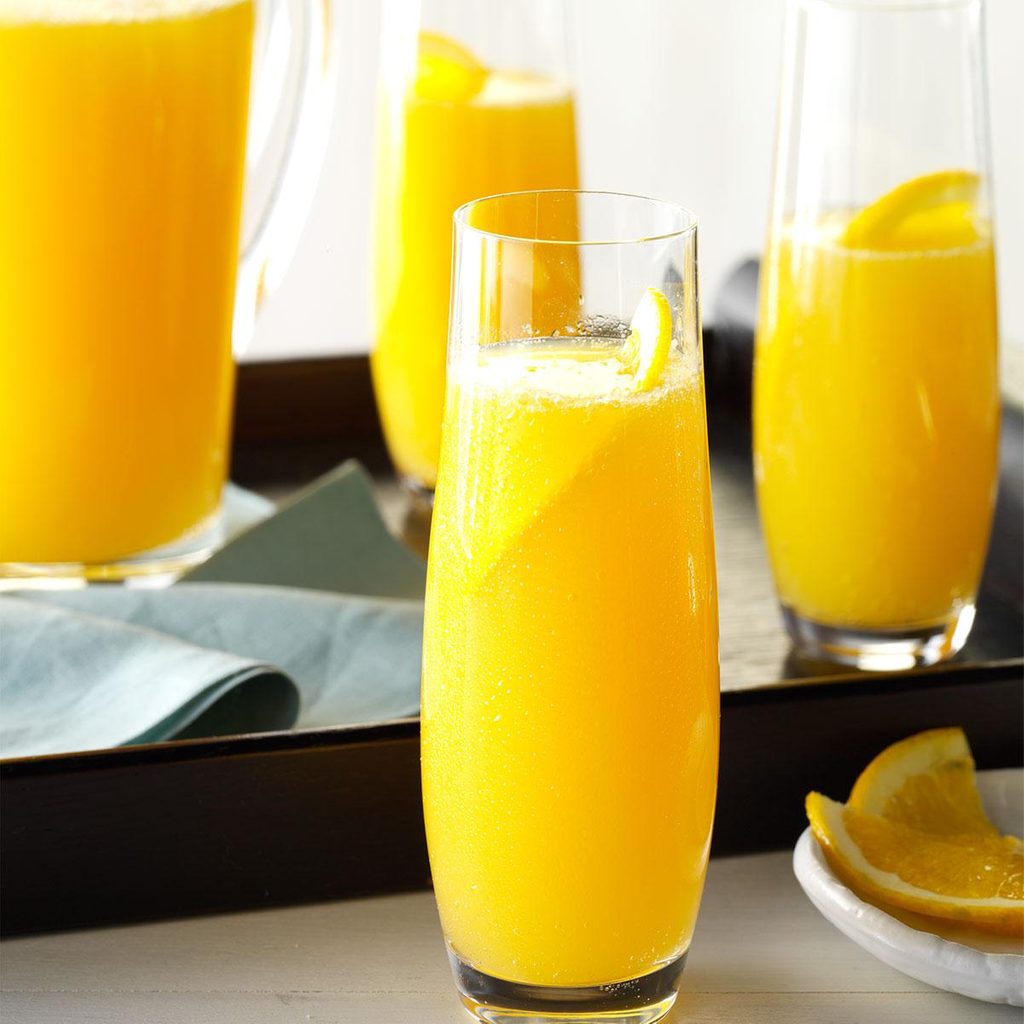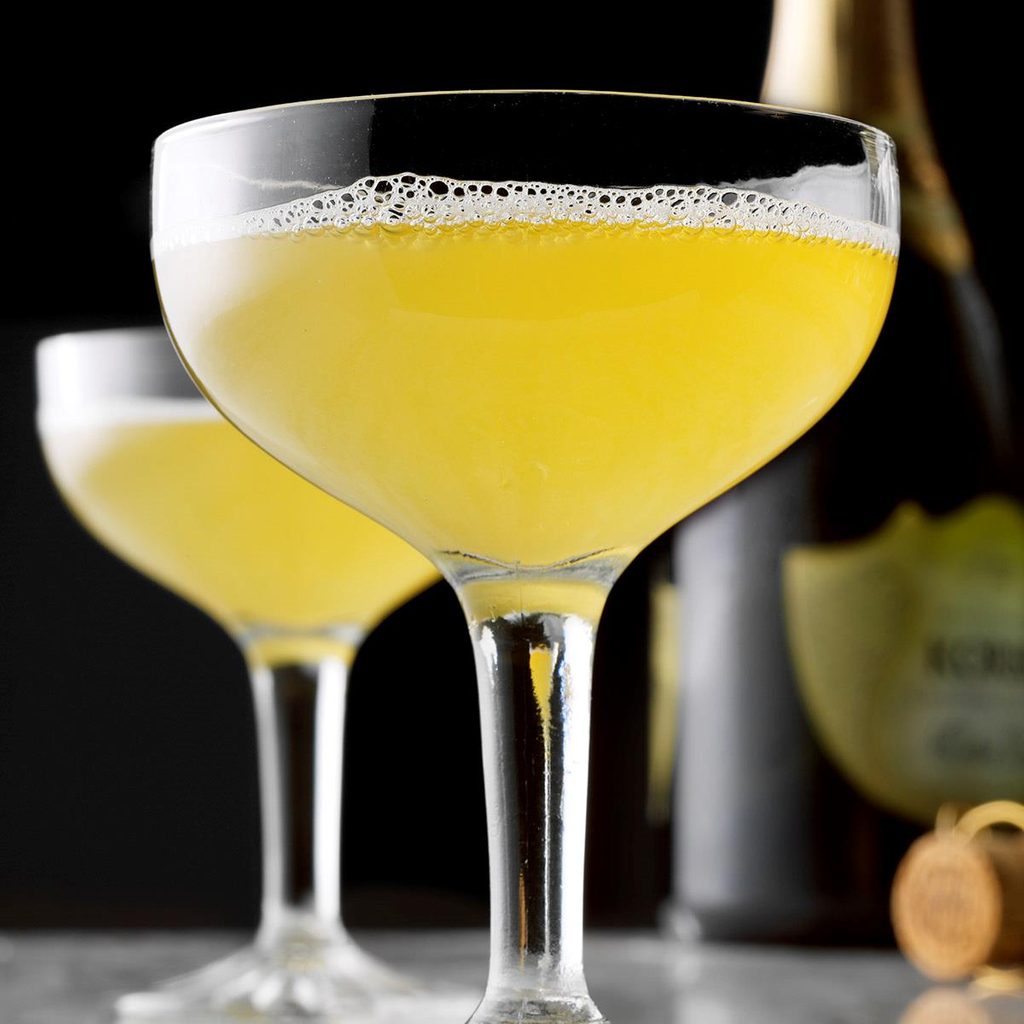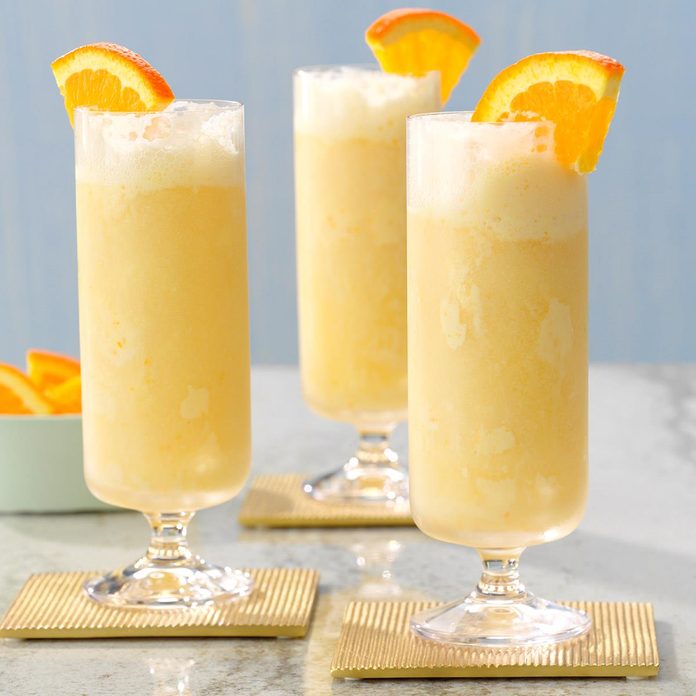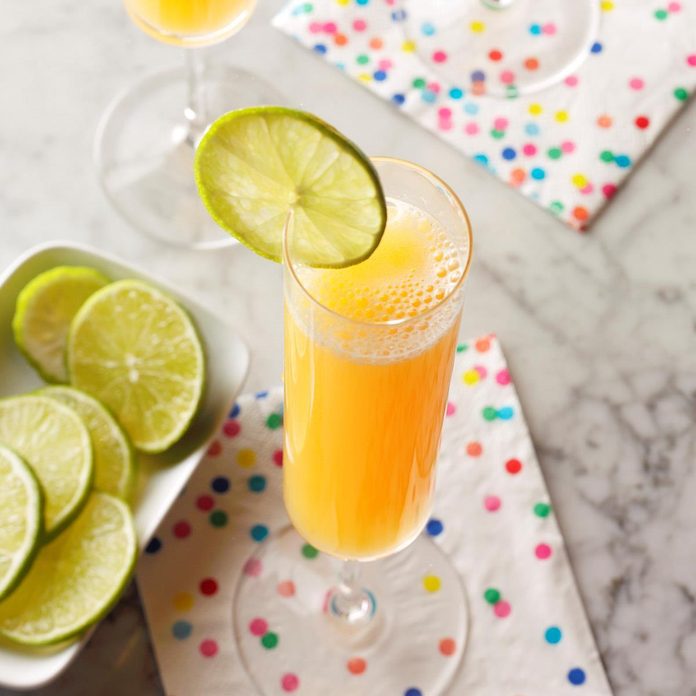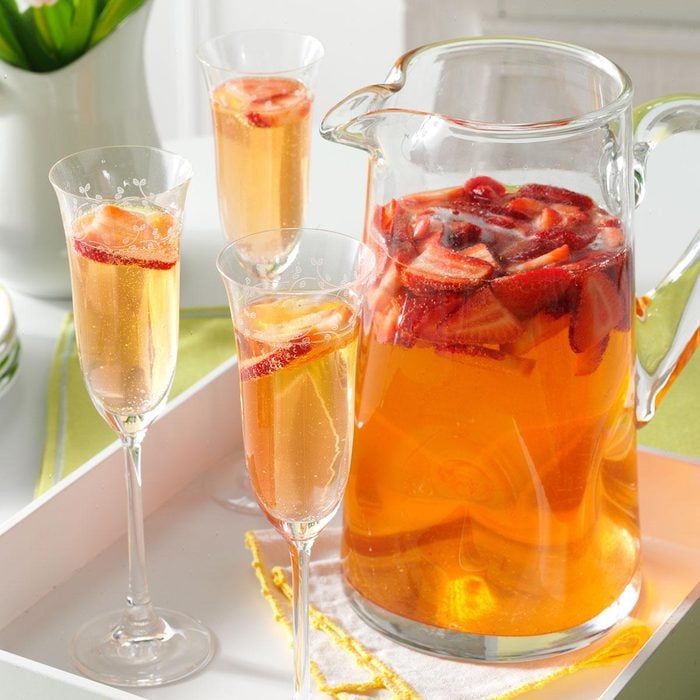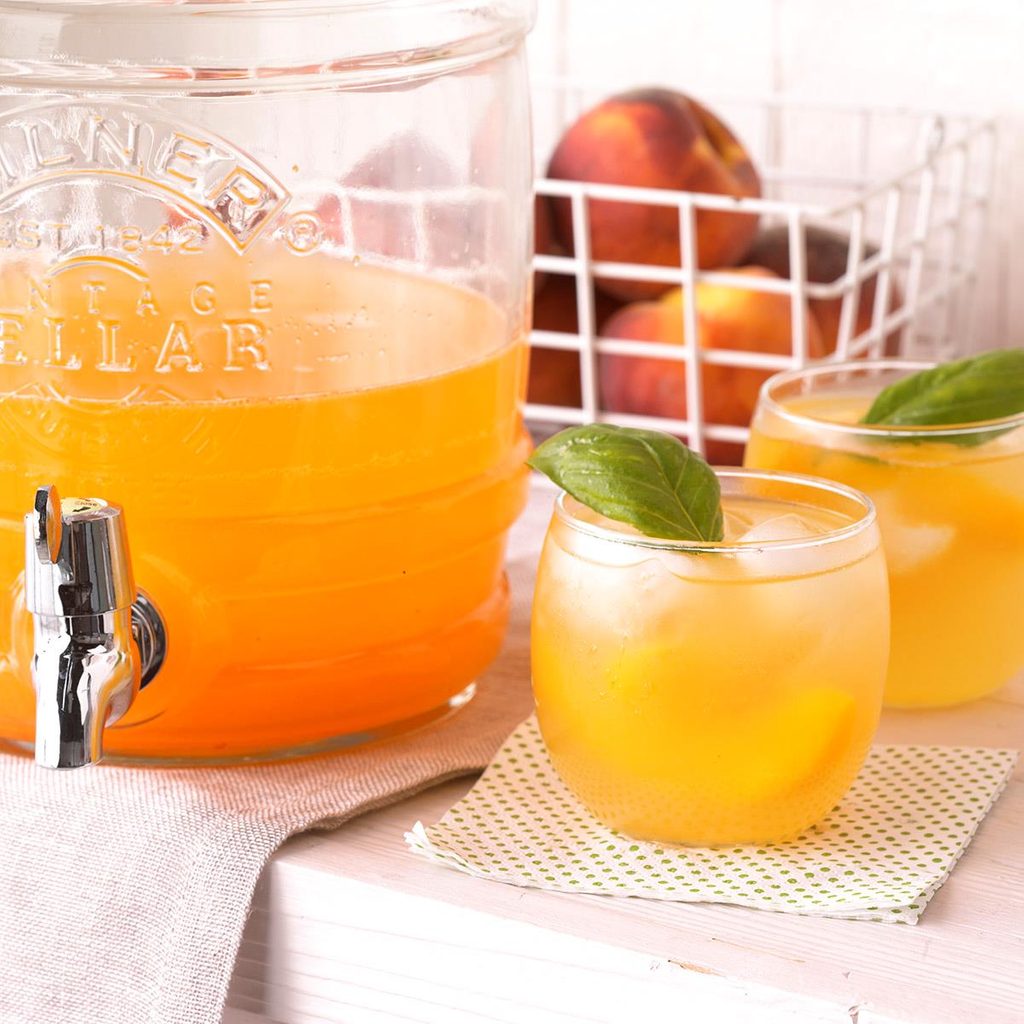If you’re anything like me, you love the occasional glass of Champagne. It’s a marvelous aperitif—nothing sets the stage for a meal quite like a glass of bubbly. You’ve likely sipped both Champagne and sparkling wine, and may have wondered if there’s a difference. Here’s the lowdown!
What is Champagne?
True Champagne hails from the Champagne region in the northeastern nook of France. While all Champagne is sparkling wine, not all sparkling wine is Champagne. Think of it in the same terms as bourbon. All bourbon is whiskey, but not all whiskey is bourbon. It’s technically illegal for a wine to be labeled Champagne if it doesn’t hail from the eponymous French region, or if it deviates from the strict set of guidelines outlined by law. (That’s why we capitalize actual Champagne, but keep it lowercase when referring to bubbly overall.)
What are the types of Champagne?
Champagne comes in a wide spectrum of styles and all of them are delicious. The most common ones you’ll see lining the shelves of your local wine shop or supermarket are dry, aka not sweet. That would be Brut Nature, Extra Brut or Brut. If you like a sugary kiss to your bubbly, keep an eye out for bottles labeled Extra Dry, Sec, Demi-Sec or Doux. They’re rarer but 100% worth hunting down.
By the way, here’s how to open a Champagne bottle the right way.
Why is Champagne so expensive?
The price tag on your bottle of Champagne all comes down to the way it’s made. (Bear with me, we’re going to get a little technical here.) The climate in the Champagne region can be unforgiving. The frost, rain and hail all pose a potential threat to vines during the growing season. Bad weather can spell disaster for grape bunches, leading to lower yields come harvest. Once harvest rolls around, the grapes must be picked by hand rather than by machine. As you might expect, hand-picking grapes is much more expensive.
The real costs start adding up when we get to Champagne production. Champagne is made using a process called the traditional method. The grape juice is fermented into a base wine and bottled. Then, winemakers add a mixture of sugar and yeast to kick off a secondary fermentation in the bottle. This is what gives bubbly its sparkle. From here, the wine must age for another 15 months for non-vintage or a minimum of three years for vintage, although some houses age their Champagnes for much longer.
With such a lengthy and labor-intensive process, it’s no wonder Champagne boasts such a hefty price tag! If you’re on a budget, our roundup of the best cheap champagnes will keep your guests, and your wallet, happy. Serve it in the right champagne glass and nobody will mind a bit.
If you want to make that bubbly last all night without having to actually pour every single glass, set up a self-serve champagne bar with sparkling wine, mixers and garnishes.
What’s the difference between Champagne and sparkling wine?
Sparkling wine comes from just about everywhere in the winemaking world. While many are made in the same way as Champagne, some sparkling wines get their fizz from other less time-consuming and less expensive methods.
Take Prosecco, for example. This Italian bubbly is produced using the Charmat method. Secondary fermentation happens in large pressurized tanks as opposed to in the bottle. The result is sparkling wines that are slightly less fizzy than their traditional method counterparts.
What should I buy?
It all depends on what you prefer! For special occasions, you can’t go wrong with a bottle of Champagne. But if you’d like to sip a flute of fizz on the regular, sparkling wine is your best friend. If you have Champagne tastes on a beer budget, fear not. You can still get your fix of bubbly courtesy of other excellent but more affordable sparkling wine regions. Value sparkling wines like cava, cremant or Prosecco are fantastic bases for cocktails or as a secret ingredient in dessert recipes. Learn how to make prosecco grapes with vodka.
If you’re whipping up a dessert that calls for a splash of bubbly, don’t use Champagne—it’s too expensive! Stick to budget-friendly bottles and you’ll never go wrong.
Up Next: The Best Champagne for Mimosas, According to a Sommelier
Bubbly Recipes for Champagne Cocktails
Holiday MimosaRaspberry liqueur and ruby red grapefruit juice are the base of this recipe that gets a champagne topping. But let's be serious: It's all about the sparkly sugar rim. You could even swap red crystals for green ones or enlist one of these other
cocktail garnish ideas.
Cotton Candy Champagne CocktailsThis whimsical libation may not be as pink as cotton candy, but that's because the spun confection melts into the champagne-vodka drink, leaving only sweet flavors behind. To play up the carnival-centric ingredient, try pairing it with
cotton candy grapes.
Bubbly Champagne PunchOne of the best things about punch bowl cocktails is they can be made ahead of time, and then jazzed up with fresh bubbles before guests arrive. To make this one, you'll need any ring mold you use for
Jell-O recipes. Line the mold with orange slices and frozen cranberries, pour pineapple juice and ginger ale on top, then freeze until you're ready to pop it in the bowl. It's an instant party pleaser!
Sparkling Peach BellinisThe difference between a highly quaffable bellini and a cloying one is all in the peach puree preparation. Skip the syrupy store-bought mixers and make your own with this easy recipe. We promise honey-roasted peach juice is a million times better—with less added sugar to boot.
PoinsettiaEveryone's favorite holiday plant turned holiday tipple! All you need is red cranberry juice, Triple Sec and chilled champagne to whip up these festive flutes. Topped with fresh berries, they make quite the entrance on a silver tray.
Champagne CocktailYou don't need a bottle of fancy champagne for this amber-hued cocktail that resembles a fizzy old-fashioned. In fact, Prosecco, cava or even a brut rosé will do just fine. If you want to make that bubbly last all night without having to actually pour every single glass, set up a self-serve
champagne bar with sparkling wine, mixers and garnishes.
Champagne Party PunchThis party punch is the ultimate holiday thirst quencher for a crowd. Not only does it make a whopping 18 servings, but you can basically use up all the juices in your fridge for it. Plus champagne, of course.
Cranberry Orange MimosasSeeking something red and sparkly to serve at your fête? This cranberry-hued mimosa fits the bill and employs orange juice and champagne to offset the tartness. Because the
shelf life of opened champagne is short, this 12-serving recipe makes good use of opened bottles.
Vanilla Bean FizzFresh vanilla beans infuse the most wonderful aroma and flavor to any dish or drink around the holidays, so put them to good use in homemade vanilla bean syrup for this bubbly beverage.
Sparkling Apple Pie on the RocksApple pie in cocktail form? Brilliant for Thanksgiving celebrations. With notes of warming spices, caramel ice cream topping and a beautiful rim of sparkly gold sprinkles, your guests will love this aperitif.
Peach ChampagnePro tip: Freeze fresh peaches and strawberries in the summertime and you'll have them available when the holidays roll around. Then all you have to do is stir in soda, liqueur and champagne before serving.
Mimosa FloatsFor the most indulgent mimosa upgrade, try adding a scoop of vanilla ice cream on top of champagne and OJ for fizzy, creamy flutes. While we have recommendations for the
best champagnes for mimoses, you can also use sparkling cider to make it a kid-friendly float.
Kir RoyalKir royal is a two-ingredient French cocktail that’s swimming with rich black currant flavor and layered with all the nuanced notes of champagne. Let this be the easy, effortless aperitif for your next party.
Negroni SbagliatoUse Prosecco, Italian sparkling wine, in this sweet and bitter three-ingredient cocktail.
Champagne Fruit PunchMeet the adult-friendly version of your favorite straw-hole punch from childhood. Pull out your favorite pitcher or a vintage holiday punch bowl to serve this 16-serving cocktail.
Pear & Ginger SparklerLove the idea of a bellini, but not into peaches? Or in need of a revamped sparkler to tempt your guests over the holidays? Simmer pear nectar, pears, ginger and sugar, then blend, strain, add vodka and top with champagne for an unexpected take on the famed brunch cocktail.
Orange-Apricot Mimosa PunchCitrus fruits like oranges and tangerines lead the way in this mimosa-esque punch you can double or triple for a crowd. You can even make an orange-tangerine ice ring several days ahead of time to display in a bowl the day of your event.
Mango BelliniMango desserts might make you think of summer, but mango sparkling cocktails are a welcome sipper for those spending the holidays in a more tropical climate. For a more exotic spin on the bellini, substitute peach puree with fresh mango nectar and add Prosecco.
Orange Dream MimosasJust like an orange creamsicle, but a little bit boozy. Use sparkling cider, ginger ale or sparkling grape juice for a nonalcoholic version.
Strawberry MimosasStrawberry mimosas add the perfect pop of pink for bridal showers, Valentine's Day and even holiday brunches when you're in the mood for summer flavors in the dead of winter. This three-ingredient recipe couldn't be easier, either. Just blitz frozen or fresh berries with orange juice in a blender, strain through a sieve and top with champagne in your glassware of choice.
French 75This beloved champagne cocktail has quite the backstory. Legend has it that it was created at Harry's New York Bar in Paris, France during WWI. Named after the French 75 mm artillery gun, you can imagine it packed quite the kick.
Champagne PunchA blend of four fruit juices pairs well with bubbly champagne in this party-pleasing punch. Garnish with a lime wheel or a grapefruit wedge.
Spring Strawberry SangriaWine-infused berries make a lovely addition to this special occasion drink that works just as well at the holidays as it does in the spring, given its festive gold and red colors.
Peach-Basil CoolerPeach juice, champagne, an herbaceous infusion of basil and just the right amount of freshly squeezed lemon juice are perfection in this peach-basil cooler. Be sure to buy enough basil that you'll have some leaves left over for aromatic garnishes.
MimosaThere's nothing wrong with a classic. In case you need a reminder on how to flawlessly execute a mimosa at home, allow us to guide the way with this tutorial on the correct champagne to OJ ratio.
